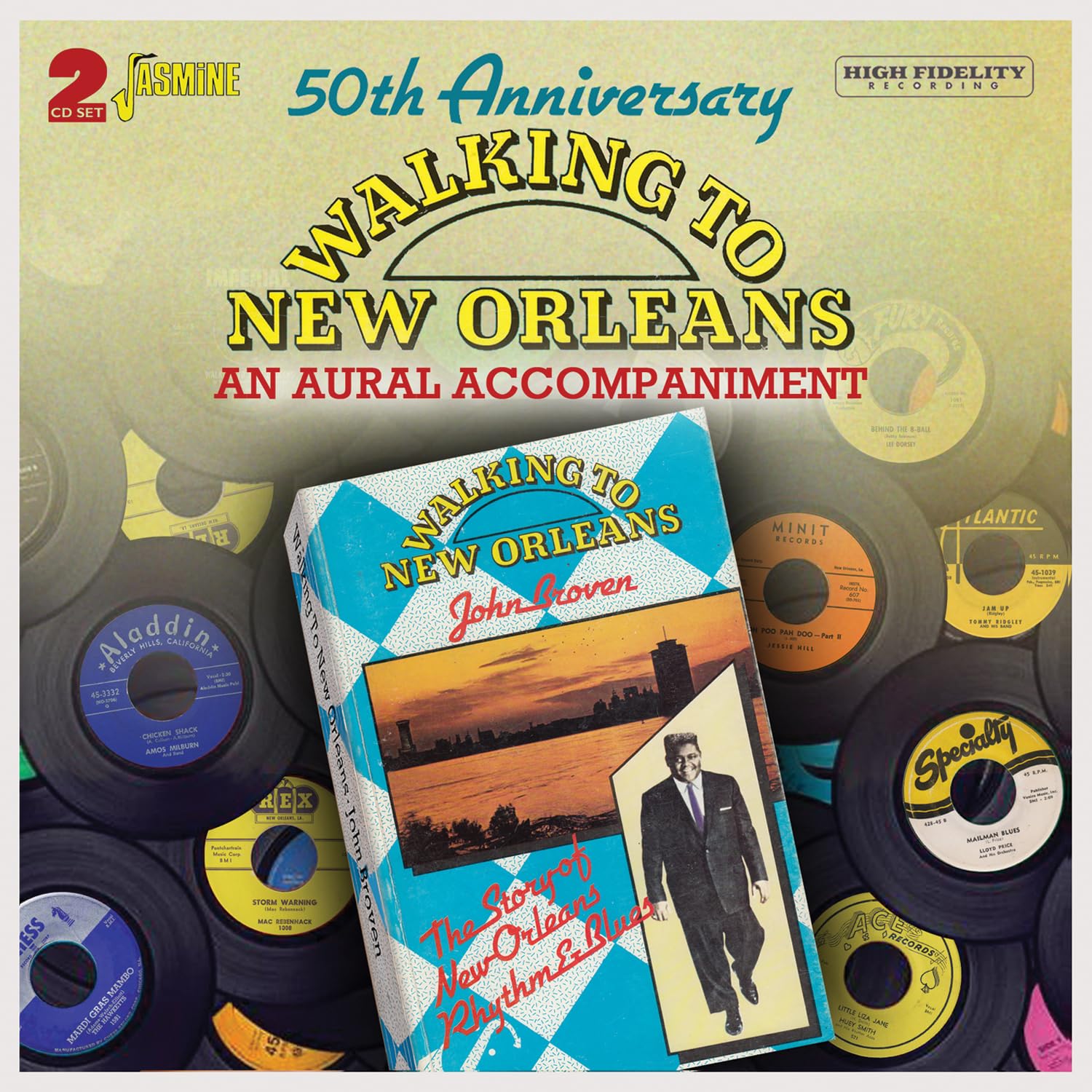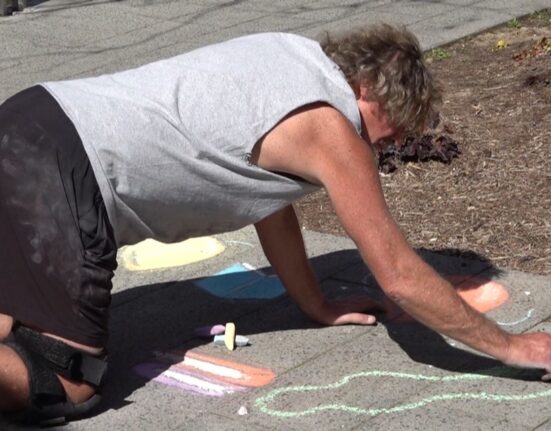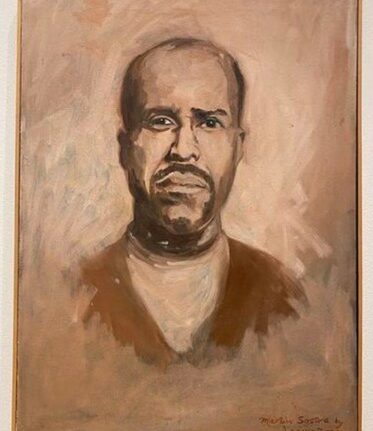This year is the 50th anniversary of John Broven’s classic history of New Orleans rhythm and blues. Groundbreaking at the time of its British publication in August 1974, Rhythm and Blues in New Orleans continues to be essential reading for lovers of New Orleans music. A revised and updated third edition of the book appeared in 2016. Walking to New Orleans
In recognition of the book’s golden anniversary, England’s Jasmine Records has released Walking to New Orleans: An Aural Accompaniment. Broven curated 65 selections for the release, which is available as a 65-track two-CD set. Using his deep knowledge of the 1950s and ’60s New Orleans recording scene, the author includes some famous selections. More often, though, Broven picks lesser-known but still exceptional recordings from the city’s golden age R&B and rock and roll.
Walking to New Orleans: An Aural Accompaniment opens with “Walking to New Orleans,” the 1960 Fats Domino classic composed by southwest Louisiana native Bobby Charles. Domino, the city’s most successful recording artist, shows up with four more tracks in the collection, including another Charles compositions, “Before I Grow Old.”
Two of New Orleans’ especially successful songwriter-recording artists, Huey “Piano” Smith and Earl King, get three tracks each, including Smith’s original recording of “Sea Cruise.” And if the especially rollicking “Rockin’ Behind the Iron Curtain” is included, Smith has four songs in this collection. Credited to Bobby Marchan and the Clowns though “Iron Curtain” was in 1959, it’s essentially a Huey Smith production and creation.
Roy Brown, whose “Good Rocking Tonight” is among the recordings cited as the first rock and roll record, is represented by that 1948 landmark as well as 1957’s Dave Bartholomew-produced “Saturday Night.” Eddie Bo, Smiley Lewis and Tommy Ridgely—three Louisiana local more than national figures—also get two tracks apiece.
Broven picks worthy recordings from the rest of the collection’s artists, including Ernie K-Doe, Irma Thomas, Frankie Ford, Clarence “Frogman” Henry, Jessie Hill, Al “Carnival Time” Johnson, Robert Parker, Art Neville, Lee Dorsey and Chris Kenner. Digging even deeper into New Orleans’ R&B legacy, the author also includes recordings by lauded sidemen Lee Allen, James Rivers, Charles “Hungry” Williams and Roy Montrell.
If anyone wants the ideal soundtrack for a New Orleans house party, this is it.
Walking to New Orleans







